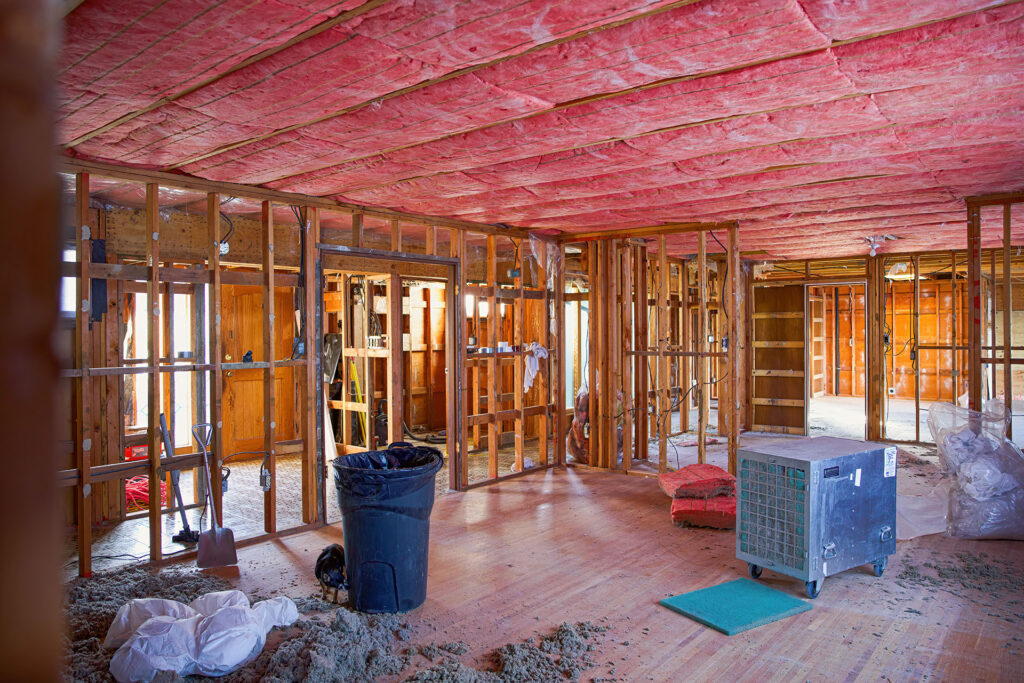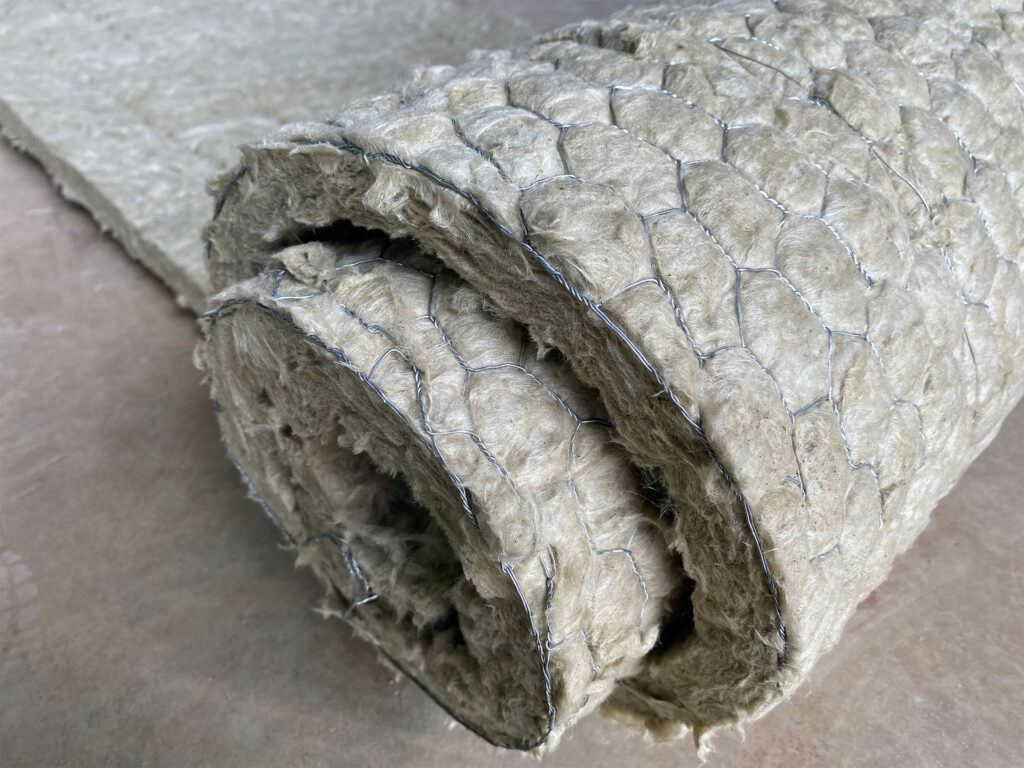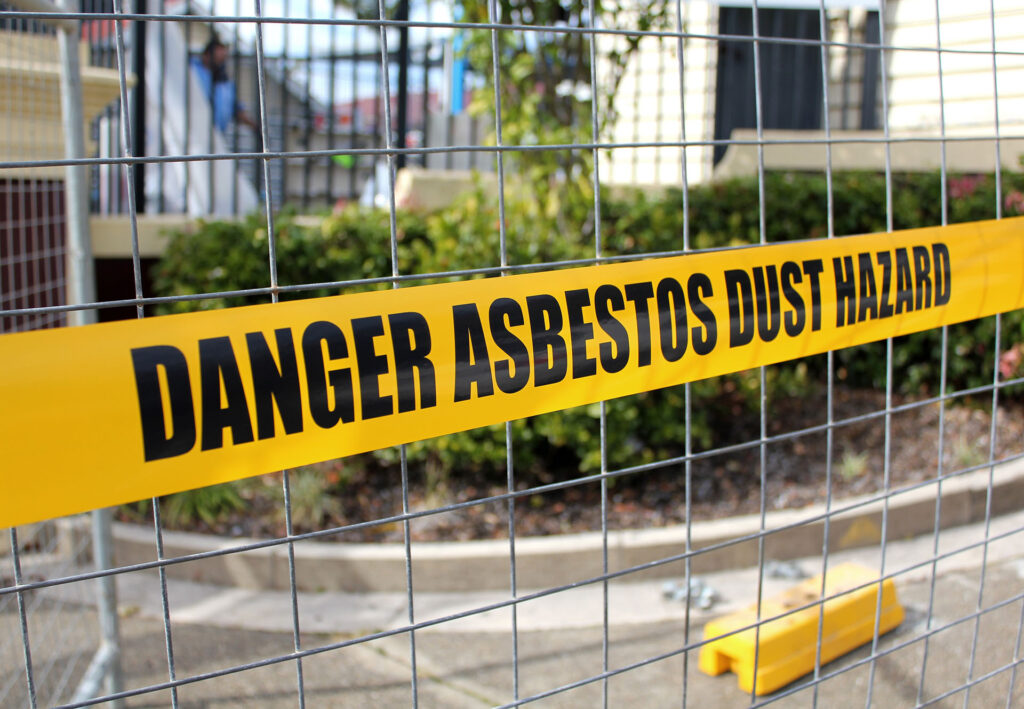Asbestos is naturally found on the Earth’s surface. We soon discovered that asbestos fibres were found in rocks and soil. At the start of the decade of 1940s, when the 2nd World War had ravaged the world, countries were looking for rapid construction and industrialisation.
It came across as a resilient, durable, and sturdy material that could be great at heat resistance and provided fantastic thermal insulation. Very soon, the entire real estate construction industry, automakers, power companies, and electrical corporations started using it.
In this resource article, we are going to discuss some of the most pressing dangers of inhaling asbestos. Specifically, we are going to look at the sources of asbestos, what happens when asbestos fibres stay in the air and some ways that can lead to prevention.
How long do Asbestos Fibres stay in the air?
The first thing that you should know about asbestos fibres is that they are extremely light. It is a natural state; asbestos is not dangerous. When it is disturbed, the fibres start coming out and getting airborne.
You should also know that the ban on asbestos from different countries in the world came in the 1990s only. This means that homes, industries, factories, and pipelines that were constructed before 1990 have a strong chance of carrying asbestos.
Imagine an old warehouse or attic where sheets of asbestos have been kept for the longest time. They have been lying all corroded. When you try to move them or use equipment like forklifts, you end up disturbing the surface.
Once asbestos fibres are released into the air, they usually stay there for 48 to 72 hours. Since they are extremely lightweight, they can travel long distances as well. This was one reason why individuals living in homes around asbestos mines got seriously sick after inhaling the fibres.
Sources of Asbestos: Places that you should avoid
You should know that not all countries in the world have banned asbestos. The UK, Australia, and New Zealand are some countries that have passed drastic legislation regarding the import and production of asbestos within the country. However, in the US, it can be legally made and distributed.
The important bit is that there is greater awareness of its dangers, and this has led to a significant reduction in its usage by normal citizens. That does not mean that the asbestos which was used before the 1990s (when the legislation came into effect) is still not found in our society. The following are some of the places where you can expect to find asbestos-
- Roofing of homes and industries
- Flooring and vinyl tiles in homes
- Walls that are made using cement and asbestos
- Wallboards
- Paints and adhesives
- Textiles that are heat-resistant
- Automotive and aerospace parts
- Thermal power plants and energy sectors
- Electrical casings, wiring, and parts
- Boilers, insulation materials, and pipe equipment
You are likely to find remnants of asbestos in the above. If you are planning a home renovation, you need to make sure that you are communicating the same to the professionals. Make sure that they are following the standard operating procedures as far as handling asbestos is concerned, including using PPE kits and Gas Masks.
Health Dangers of Inhaling Asbestos Fibres: What Doctors are saying
If you are inhaling asbestos fibres, it enters your air passages both through your nose as well as your mouth. Doctors point out that the signs and symptoms or the onset of serious health concerns do not happen immediately. In fact, doctors point out that you are likely to see the symptoms after ten to fifteen years.
Once the asbestos fibres enter your air passage, they get carried to the linings of your lungs and stomach. Doctors say that the smallest tissues in the lungs, called alveoli, are the places where the fibres finally rest. The function of the alveoli is to convert oxygen into carbon dioxide. It is able to do this through regular expansion and contraction.
When the fibres settle in the alveoli, it affects this contraction and expansion. In other words, it makes the tissues of the lungs very stiff. Over time as the lungs get stiffer, they are unable to expand and contract to absorb oxygen or release carbon dioxide. This can lead to the following dangerous conditions-
- Lung Cancer
- Mesothelioma
- Pleural Disease
- Asbestosis
Experts have also opined that individuals who smoke cigarettes are more prone to getting sick as compared to individuals that do not. The double effects of smoking and inhaling asbestos fibres can lead to a rapid deterioration in the condition of the lungs.
Prevention from Asbestos Poisoning: What you should do
Unfortunately, asbestos fibres are so small that it is practically impossible to tell them by simply looking at them. If you are living in a home that was constructed prior to the 1980s, there is a good chance that you have asbestos being used in the construction.
Unless the walls, flooring, or ceiling is cut up, ripped, or sanded, you are not going to end up releasing asbestos fibres in the air. If you are planning a home renovation project, it is best that you stay away and let the professionals do their job.
You can inform them in advance, and that would help them in taking due precautions. If they find traces, you can get it tested in a laboratory and get the results of whether you are dealing with asbestos or not. Additionally, you can get in touch with asbestos inspectors.
There are laws in place that specifically guard the interests of the workers that work in industries on asbestos removal and disposal. If you work in a factory dealing with asbestos, it is best to wear protective clothing and decontaminate before coming home.
It is also advisable that workers or anyone that comes into contact with asbestos take up professional training that can help them improve their security around asbestos. You have several governmental and non-governmental agencies that can help you in this regard.
The Final Takeaway
There is no denying the fact that a direct and causal link has been established between asbestos exposure and various types of cancers. This is why individuals should be particularly careful when dealing with asbestos. If you have any other questions you have in your mind or would like us to clarify any of the points we have mentioned in the article, please let us know in the comments section below.




